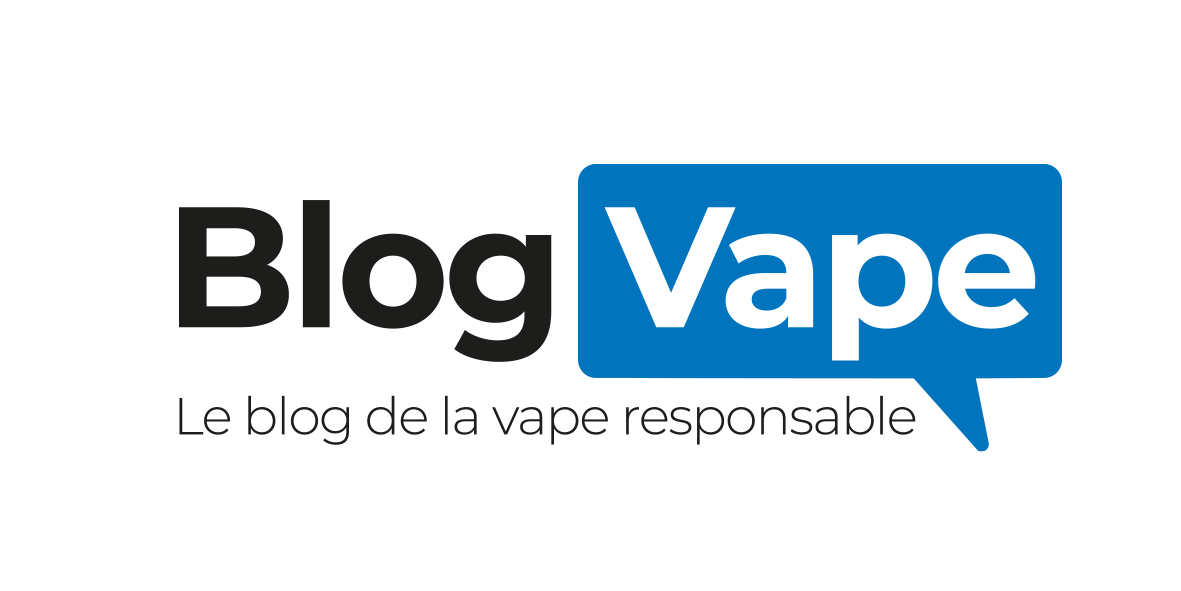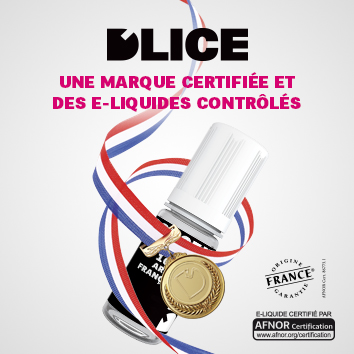Data communicated by Wells Fargo and Yelp had already identified a strong rise of vaping in the US. The number of specialized vaping stores increased from 3.500 in 2014 to 10.591 in 2016 and during the same period, the vaping industry turnover went from 1.7 to 4.1 billion dollars. However, those quantitative data did not help understand how, when and why people started vaping.
 Vaporfi* therefore decided to analyze data from Twitter, one of the most important social networks, to better understand the popularity of vaping among Americans.
Vaporfi* therefore decided to analyze data from Twitter, one of the most important social networks, to better understand the popularity of vaping among Americans. The analysis of the tweets of tens of thousands of Americans took place during a long period, more than two years and a half and searchers identified some interesting facts.
The vaping trend, if we believe Twitter, went directly from New York to the West Cost, before moving down to the South and going back to the North East of the US. Finally, the heart of the country was reached last.
Today, the communication rate regarding e-cigarettes varies according to the regions. Vaping is most popular on the west coast of the US and Nevada is the state that has the highest number of tweets mentioning e-cigarettes. There does not seem to be a link between the number of vaping fans and the local legislations. Even though Nevada, which ranks first, has very few anti-vaping rules, Columbia and California which rank 2d and 3d have very strict rules regarding vaping. Mississippi and Montana have the fewest number of vaping-related tweets. These two states have also the lowest number of e-cigarette stores in the country with 7 stores for 1 million inhabitants in Montana.
The study also ranked cities where vaping is most often talked about in tweets. Winchester, a Las Vegas suburb ranks first, followed by Miami Beach and West Hollywood. When we compare the number of cities that talk the most about e-cigarettes, California is unsurprisingly well represented with 12 cities in the top 25.
Vaping is quite popular among women: according to a CDC (Centers for Disease Control) study, there is no major gender difference in vaping (4.1% against 3.4%). However, women tweeting about vaping accounted for only 34.2% of total tweets in 2016, which seems to mean that
a woman who vapes will tend to speak less about vaping on social networks that a man who vapes. But the study witnessed that women tweeting went up by 9.4 points between 2014 and 2016, which indicates that women communicate increasingly over the years.
More information
* Vaporfi is an American company that manufactures and sells vaping products on the Internet and in its franchised stores network.

 Vaporfi* therefore decided to analyze data from Twitter, one of the most important social networks, to better understand the popularity of vaping among Americans. The analysis of the tweets of tens of thousands of Americans took place during a long period, more than two years and a half and searchers identified some interesting facts.
Vaporfi* therefore decided to analyze data from Twitter, one of the most important social networks, to better understand the popularity of vaping among Americans. The analysis of the tweets of tens of thousands of Americans took place during a long period, more than two years and a half and searchers identified some interesting facts.







